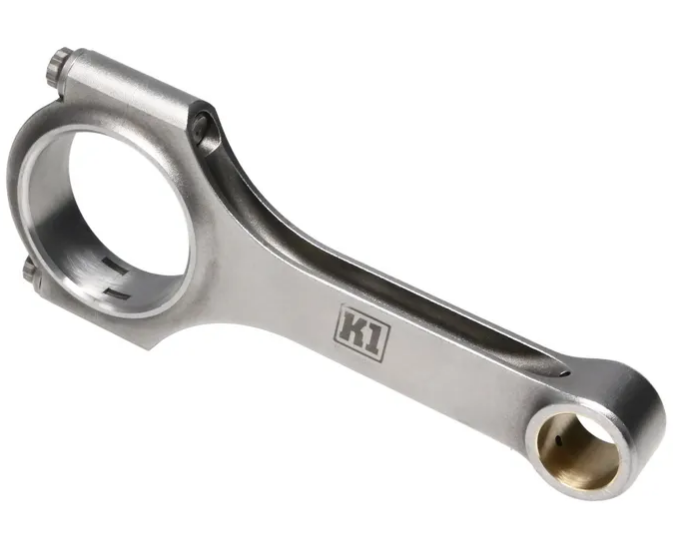In engine maintenance and repair, checking the ovality of a connecting rod is a critical task. Ovality refers to the deformation of the rod, specifically at the big end, where it connects to the crankshaft. This guide provides step-by-step instructions on how to check connecting rod ovality.
The Importance of Checking Connecting Rod Ovality
The connecting rod is a vital engine component that transfers force from the piston to the crankshaft, converting linear motion into rotary motion. Any deformation such as ovality can lead to inefficiencies in power transfer, cause vibrations, and ultimately lead to engine failure.
Tools Needed to Check Connecting Rod Ovality
The primary tool required for this task is a micrometer, more specifically, a bore gauge micrometer. This precision tool allows for highly accurate measurements inside the bore of the connecting rod’s big end.

Procedure to Check Connecting Rod Ovality
- Prepare the Connecting Rod: Clean the connecting rod thoroughly, ensuring the big end bore is free of oil, dirt, or debris.
- Set the Micrometer: Adjust the micrometer to the known diameter of the bore. This dimension can typically be found in the engine’s repair manual.
- Measure the Bore Diameter: Insert the micrometer into the big end bore of the connecting rod and take a reading. Repeat this process, measuring at multiple angles across the bore.
- Calculate Ovality: Compare the measurements taken. The difference between the maximum and minimum measurements is the ovality of the bore.
What to Do If Ovality Is Detected
If excessive ovality is found during the inspection, the connecting rod must be replaced or reconditioned. Professional engine reconditioners can restore the bore to its correct circular shape, but if the deformation is beyond repair, replacement is the only option.
Accurate measurement of connecting rod ovality is a key aspect of engine maintenance and repair. It not only prevents catastrophic engine failure but also helps maintain optimal engine performance and fuel efficiency. Regular checks and preventative maintenance will ensure the longevity of your engine.